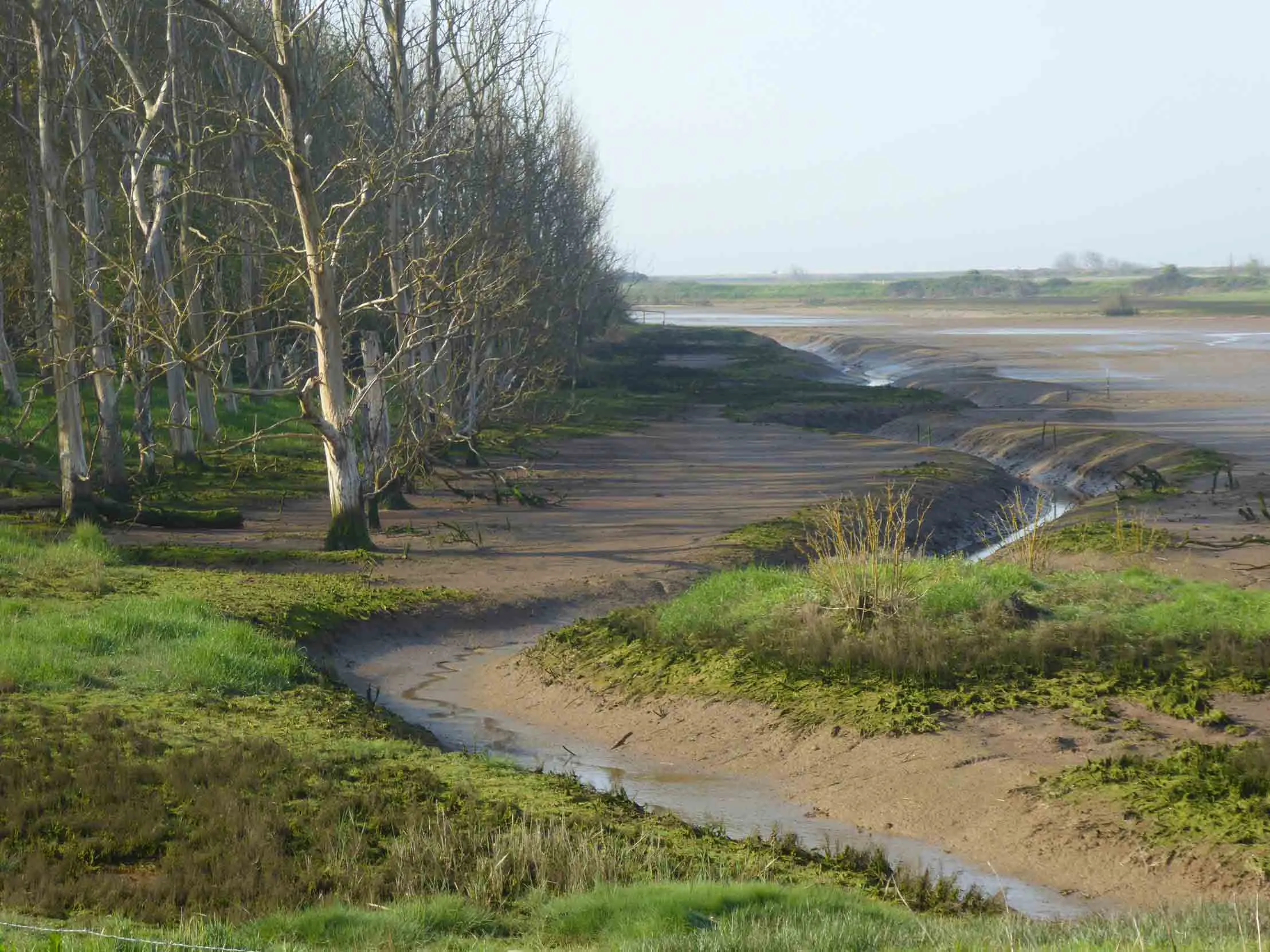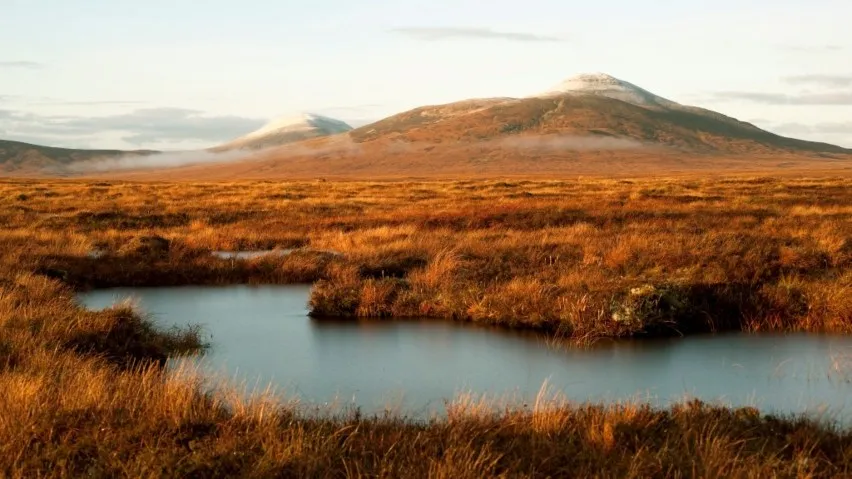News
White-tailed Eagles disappear in suspicious circumstances
We’re offering a £10,000 reward for information that leads to a conviction in these cases.
What is the IPCC Sixth Assessment Report? We’re glad you asked. There are so many acronyms, scientific bodies and reports in the news it can be hard to keep track. The Intergovernmental Panel on Climate Change (IPCC) is a good one to remember if you can because it is the UN body responsible for assessing the science on climate change.

The IPCC was set up in 1988 to provide regular and scientific analysis on how climate change is affecting people’s lives so government advisors and policy-makers can make informed decisions based on the latest science. They also analyse how climate change and nature loss is linked.
The planet’s top climate scientists are shining a spotlight on the latest understanding of our changing climate. The IPCC represents 195 member countries, who all approve the assessments. This means the governments of each member country are telling the world they agree with what the science is telling us.
Expect to see rallying calls for co-ordinated, global action in response.
Another good question. The nature and climate emergencies are interlinked so reports on climate change give us insights into the outlook for nature.
The IPCC report shows climate change is hitting wildlife hard.
Today’s report highlights how species are being pushed to extinction. Climate change (alongside other factors including habitat destruction and pollution) is putting the future of species and the eco-systems we all depend on at risk. This isn’t something that is happening in far-away places. Puffins are on the red list of conservation concern because warming seas are killing their staple food source, sand eels.

Nature can help us adapt to and fight climate change, but only if we look after it properly. Saltmarshes can safeguard coastal communities from rising sea levels, for example, and peatland stores huge amounts of carbon and prevents flooding. Wildlife depends upon special places like these for food and shelter and to raise their young.
But adaptation projects to restore habitats are severely underfunded, according to the IPCC report.
It’s worth remembering how through the ‘Glasgow Climate Pact’, agreed at COP26 last year, governments recognised climate change harms nature. They also acknowledged protecting and restoring ecosystems will be vital in meeting global climate change goals.
News about climate change feels overwhelming. It’s important not to lose hope, especially not now.
Conservationists are working hard at the RSPB to change the way we look after nature in response to climate change. We just need governments to scale up the projects we are proving work for nature and people.
Our Medmerry nature reserve in West Sussex is one of the largest open coast, managed realignments in Europe. It reduced the annual risk of flooding from 100% to 0.1%. A major storm in March 2008, before the project started, caused over £5 million of damage to local businesses. The realignment scheme, a partnership project with the Environment Agency, was finished in 2013, creating a nature reserve managed by the RSPB, together with 10 km of new footpaths and cycle paths.

St Aidan’s Nature Park near Leeds, an Environment Agency washland we manage in partnership with Leeds City Council, is a great case study for how we can tackle climate change and safeguard people’s futures at the same time. It is a former open cast mine which holds up to 7.5 million cubic metres of water: equivalent to 80 billion cans of fizzy pop.
Flows to the Future, in the North of Scotland, was an ambitious partnership project led by RSPB Scotland, restoring areas of blanket bog in the heart of the Flow Country damaged by forestry planting and drainage. The Flow Country’s blanket bogs alone store more than double the amount of carbon found in all of Britain’s woodlands and protect local communities from flooding.

We’re also responding in smaller ways, such as adjusting grazing to longer growing seasons. At places like Winterbourne Down we are creating large S-shaped banks that protect butterflies whether summers are hot and dry, or cool and moist. At Frampton Marsh we are developing water management systems that can cope with the increasing rainfall.

The Sixth Assessment IPCC report paves the way for a key summit under the UN Convention on Biological Diversity (CBD) known as COP15.
The CBD is a global agreement that aims to bring the world together under a ten-year plan to reverse nature’s decline. It is a crucial space for countries to make decisions together on nature, for the benefit of all people and the planet. These decisions, made at an international level, guide and shape national and local action taken for nature.
The report published today is the second part of the IPCC Sixth Assessment cycle, which has four parts. The first part was released as a report on climate science in August. Today’s report focuses on impact and adaption.
We can expect two more reports coming out this year from the IPCC. In April, a report focused on climate change solutions and in September a synthesis of the three reports in this assessment cycle.